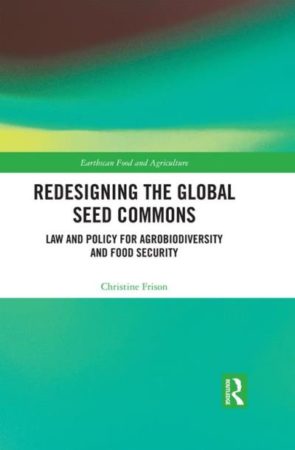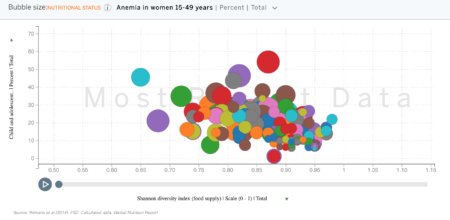It was almost exactly 10 years ago that the whole Pavlovsk thing blew up. Time does fly. For our younger readers, that’s the Vavilov Institute’s (VIR) Pavlovsk Experimental Station, where important collections of fruits and berries are conserved in rather beautiful field genebanks. For a couple of years, these were under threat, as the land they occupied was earmarked for a housing development. In the end, the threat was averted, thanks to spirited lobbying by VIR, and a little help from their friends in the international genebank community. I haven’t heard anything untoward for some years now, so I assume everything is ok, but maybe I’ll just make sure.
LATER: It seems no news is indeed good news, at least in this instance.

